| |
"I never joke about hunting. I needed a new animal. I found one. So I bought this island built this house, and here I do my hunting. The island is perfect for my purposes--there are jungles with a maze of traits in them, hills, swamps--" |
| |
"But the animal, General Zaroff?" |
| |
"Oh," said the general, "it supplies me with the most exciting hunting in the world. No other hunting compares with it for an instant. Every day I hunt, and I never grow bored now, for I have a quarry with which I can match my wits." |
| |
The Most Dangerous Game by Richard Connell |
There are some stories and movies that have become so well-known and so influential that it's dangerously easy to assume that most devotees of film and literature will not just instantly recognise the titles, but be fully aware of how their narratives play out. There can be few of you reading this, for example, who do not know what happens to Dracula at the end of Bram Stoker's novel and most of its movie adaptations. Which brings me to The Most Dangerous Game, an award-winning short story written by Richard Connell and first published in Collier's magazine on 19 January 1924. You may not have read it – though as Kim Newman points out in the special features, if you're fond of short story anthologies, there's a fair chance you have – but there's a good chance you've read a book or seen a film whose plot was directly influenced by it.
In 1932, Universal was riding high on the gangbusters box-office of Dracula and Frankenstein, and rival studio RKO had already found a project that the studio execs doubtless hoped would duplicate the success of those films. As it turns out, it did, and yes, King Kong is another of those movies whose ending is almost as widely known as its title – I have little doubt that many of you can even quote its final line of dialogue. Partly to get the maximum mileage from the exterior sets being constructed for that film, a second, lower-budgeted production was greenlit that would make use of them. As it turns out, the borrowings do not end there. Both films were co-directed by Ernest B. Schoedsack and produced by Schoedsack and Merian C. Cooper, and both feature art direction by Carroll Clark, special effects by Harry Redmond Jr., and music scores by composer Max Steiner. Three of the lead actors in the second film – Fay Wray, Robert Armstrong and Noble Johnson – also have prominent roles in King Kong, and smaller roles in both were played by James Flavin and Arnold Gray. In case you haven't guessed by now, that second production was the first film adaptation of The Most Dangerous Game. I note that it's the first because many others would later follow, some of which were straight adaptations of Connell's story (there's even a lowly regarded new take released just this year starring Chris 'C.T.' Tamburello, Casper Van Dien and Judd Nelson), while others were built around variations on its central theme, including a sprinkling based on novels that themselves took influence from the short story.
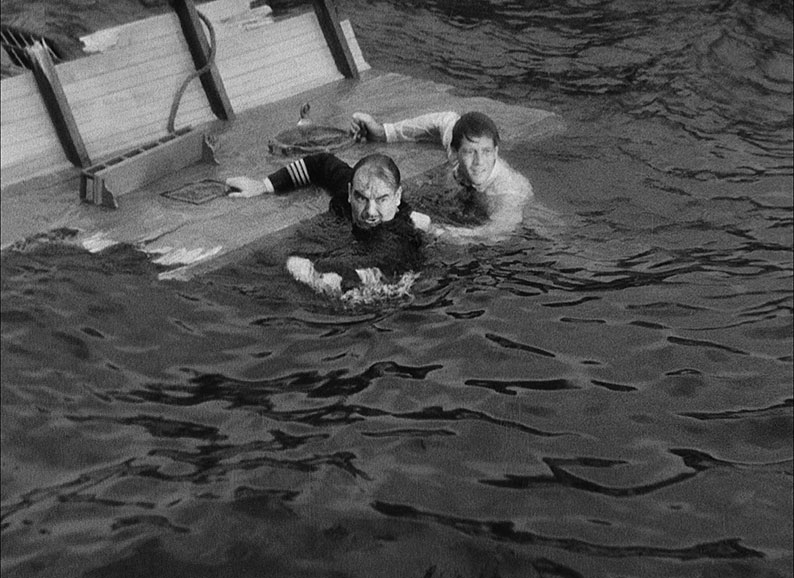
As it does in Connell's story, the story here begins on a yacht on which a small party of big game hunters are travelling. The youngest and most celebrated of these is Robert Rainsford (Joel McCrea), whose cheerful claim that stalking and killing wild animals is as much sport for the prey as it is for the hunter will likely not make him an instant figure of sympathy for a modern audience. The socialising of the passengers is interrupted by the yacht's unnamed Captain (William B. Davidson), who has noticed that the lights that mark safe passage through a rocky channel seem are not quite ion the position to where they are marked on his map. "The charts are never up to date in this part of the Pacific," claims Bill (Hale Hamilton), the rich twit who owns the yacht. The Captain wants to hear what the more experienced Robert has to say, but despite showing some mild concern, he ultimately just ends up asking what the others think. The cautious Doc (Landers Stevens) suggests they should play it safe and take the long way round, but the rest of the party mocks this suggestion, and Bill orders the Captain to proceed through the channel regardless, paying no heed to his warning that they are in the most coral-reefed and shark-infested waters in the world. Uh-oh.
Few will be surprised when the Captain's words prove prescient and the yacht hits the rocks and rapidly sinks. Robert, the Captain and one of the other passengers make it to the surface, but when the other two are picked off by the sharks, Robert swims furiously for the shores of the nearby Branca Island. Once on solid ground, he makes his way through dense jungle until he comes across a large and imposing-looking building, on whose sinister front door the desperate Robert knocks. It's opened by Ivan (Noble Johnson), a hulking former Cossack who has been robbed of his ability to speak and just glares with folded arms as Robert attempts to explain his predicament. This awkward stalemate is broken by the arrival of the aristocratic Russian owner of the house, Count Zaroff (Leslie Banks), who welcomes this unexpected visitor to his home, provides him with a change of clothes and introduces him to the sole survivors of a previous shipwreck, Eve (Fay Wray) and her already drunk brother Martin (Robert Armstrong). As the four share drinks and amiably converse, Zaroff reveals that he is also a passionate hunter, but that the activity began to lose its appeal for him because it no longer presented a serious challenge. He thus claims to have found a new prey, one that he is sure a man of Robert's fearsome reputation would appreciate and join him in hunting.
Like I said, I'm sure that many of you already know where this is leading, or at the very least can take an educated guess, but I feel obliged to offer a spoiler warning anyway lest there be any of you out there who have yet to encounter a version of this tale. Thus, if the above sounds mysterious and new, hop ahead to the final paragraph of the main review, as the mid-film twist, such as it is all these years and adaptations later, is always going to be central to any discussion of the film, its themes, and its subsequent influence.
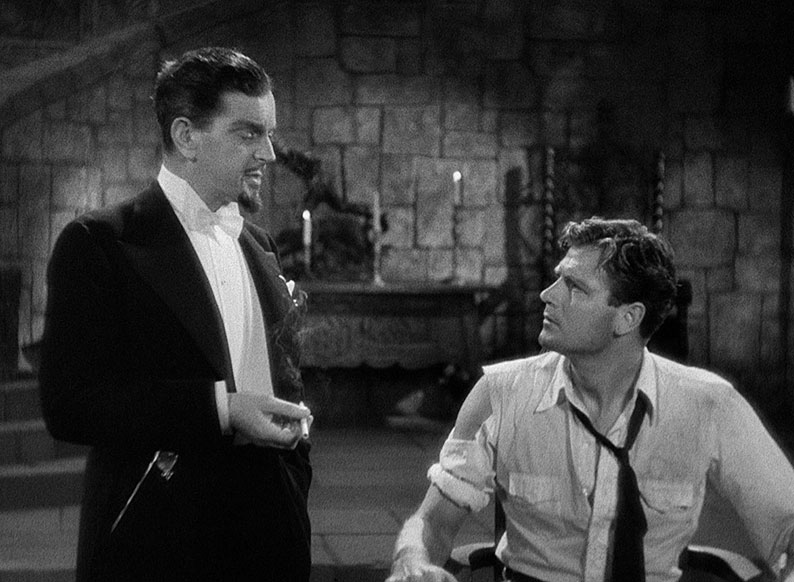
Although most today will know full well what prey the count is referring to, the filmmakers proceed on the assumption that it will come as a surprise to the majority of the audience of the day. Pointers are certainly dropped from an early stage that something is not right here, from the yacht Captain's portentous mention of the Island's name, to a large metal knocker on Zaroff's front door depicting a wounded ogre carrying the limp body of a woman. When Zaroff is waxing lyrical to his guests that evening, Eve drops a subtle warning of her own by spilling her drink onto Robert's lap and subtly emphasising the last two words of her apology, "Oh, I'm so sorry. Count Zaroff was so interesting I didn't realise the danger." A short while later, when Zaroff is playing the piano for his guests, Eve signals Robert to join her near and reveals that the small boat that is the only way to leave the island – one that Zaroff claims is currently under repair – is in fact in perfect working order. She also tells him that there were originally four survivors from her shipwreck, and that two of them have since mysteriously disappeared after being taken by the Count to see his otherwise firmly secured trophy room. Robert also gets a glimpse of Zaroff's hunting dogs, a sizeable pack that provided the film with its British release title, The Hounds of Zaroff, a more literal and horror-leaning moniker that lacks the dual meaning of the original.
Eventually, Eve and Robert are encouraged to retire, leaving the still sloshed and fatally unaware Martin to be shown the trophy room by Count Zaroff. A few hours later, Eve wakes Robert to express her growing concern about her brother's safety, and the two make their way downstairs and find the door to the trophy room unlocked. Once they enter, the terrible truth begins to register, and for a 1932 film, this is surprisingly gruesome stuff. Here they catch sight of a human head mounted on a trophy plaque, and discover another floating in preservative in a large jar, a sequence that was censored from its initial UK release. It's when Zaroff descends the stairs into the room, followed by two of his minions carrying the body of the now dead Martin, that Robert realises that that the game that Zaroff now enjoys hunting is human. As the two are shocked by what they witness into revealing themselves, Eve is carried away screaming by one of the minions and Robert is restrained shackled, but is still regarded by Zaroff as a hunter of equal standing, still seemingly convinced that he will understand the appeal of this monstrous sport and join him as a partner on future hunts. When Robert declares Zaroff a madman and refuses, he learns after years of being a hunter what it's like to become the prey.
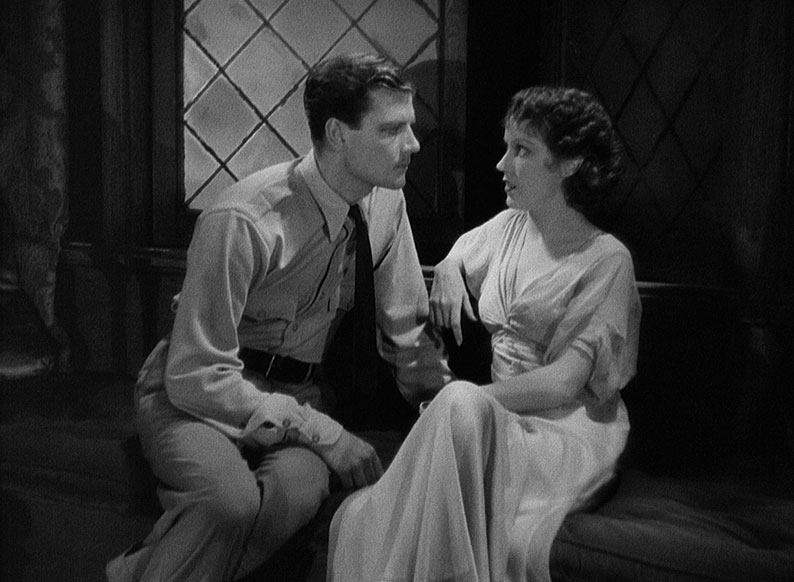
Given that this story concept is now well known and has since been recycled many times – whether it be later film adaptations of the story or variations on its theme like The Running Man (1987), Punishment Park (1971), Series 7: The Contenders (2001) or The Hunger Games (2012) – the film needs more than this plot twist to make it stand out as a movie all these decades later, and The Most Dangerous Game absolutely has that in spades. Leading the way here is Leslie Banks' delicious performance as Count Zaroff, a larger-than-life character whose undeniable charm is always underscored by an off-kilter sense of danger. When he first greets Robert, dressed all in black and introduced to us on the main hall's stone stairway in the manner of Bela Lugosi's Dracula, he comes across as a polite and genial host. Later, when he talks about his love of hunting, his delivery becomes that of a passionate obsessive, someone who might listen to your arguments against this so-called sport and then curtly dismiss them as nonsense. Only when Eve and Robert climb the stairs to their respective rooms that night does the danger that has lurked beneath the surface of Zaroff's politeness briefly pop to the surface. "Don't worry," The boozed-up Martin reassures them, "the Count will take care of me," which prompts Zaroff to add portentously whilst looking directly at Eve, "Indeed I shall." The connection to Universal's breakthrough vampire movie is then cemented when the camera sweeps down the stairs to Zaroff's face in a manner that – perhaps unconsciously – apes the striking shot that introduced us to the Count in George Melford's Spanish language version of Dracula. The then young Joel McCrae makes for a solid enough male lead and Robert Armstrong is appropriately irritating as the drunken Martin, but it's Fay Wray who really impresses here, from the lovely way she inflects "the danger" in the above quoted warning to the believable sincerity of her concerns about Zaroff and her brother's disappearance. And yes, for those who know her as horror's first scream queen, she does get to exercise that particular trait.
According to the commentary track, the two credited directors were responsible for different aspects of the film, with Irving Pichel in charge of the dialogue scenes and Ernest B. Schoedsack handling the action. Both men acquit themselves admirably here, propelling the film forward at a considerable lick, not bad given that the first half is largely dialogue driven. A busy actor himself – he appeared in eight movies in 1932 alone – Pichel clearly knows how to get the best out of his cast, while Schoedsack gets his moments to shine in the film's rollercoaster of a final act, notably in the smoothly executed follow shots and POV angles of Eve and Robert fleeing through the dense jungle foliage.
Beware, big spoilers for Connell's short story ahead, and by association the film. Skip past the next paragraph to avoid.
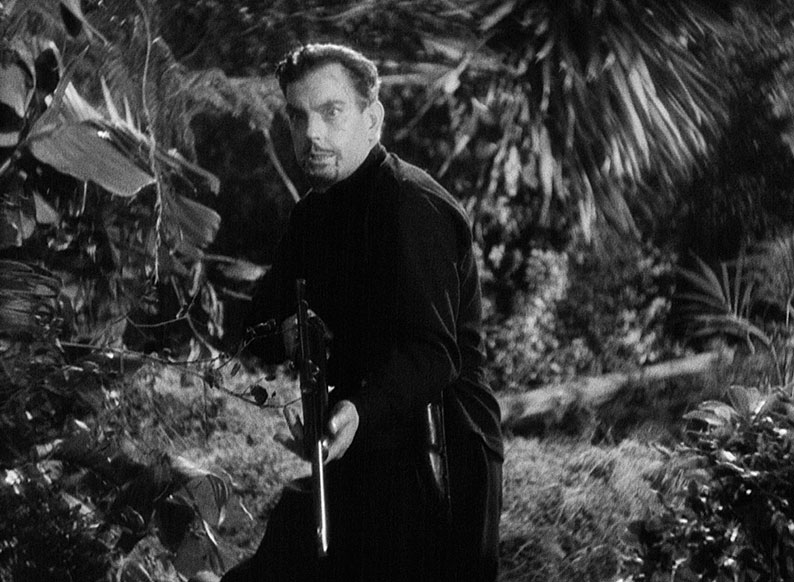
Screenwriter James Ashmore Creelman expands inventively on Connell's short story, providing a more convincing explanation for why Robert (named Sanger Rainsford in the story) ends up in the ocean, and adding a final battle between Robert and Zaroff that was left for us to imagine in the original. I'm fine with that, as what for me worked perfectly on the page – I've always thought the one-line skip to the aftermath of the fight suggested that the furious Robert quickly and completely demolished the unprepared Zaroff – would have felt supremely anticlimactic on the screen. He gifts Leslie Banks with some splendid dialogue that the actor delivers with relish, and by adding the character of Eve, he not only provides an expository companion for Robert, but adds a sexual element to Zaroff's twisted morality. "Kill! Then love. When you have known that, you will have known ecstasy!" he tells Robert at one point, his intention clearly being to hunt and kill Robert and then to take Eve against her will as his prize. There are still a couple of points on which Connell's story has the edge, notably in the specifics of Zaroff's hunts. In the film, Zaroff is armed with a bow but sets his human prey loose into the jungle at midnight with only a knife for protection. The deal is that if the man cast as the prey can elude the Count until daybreak, then he would win the game and be set free, a tenuous bargain I never saw Zaroff keeping. The thing is, given that the experienced Zaroff hunts with a long-range weapon, I can't see how a frightened man armed only with a knife would make for a more dangerous game than an angry tiger or a charging rhino. In the short story, however, the hunts take place over the course of a more challenging three days and nights, and the victim would be given a hunting rifle, whilst Zaroff would be armed only with a pistol, stacking the odds far more in favour of his prey. That Robert is given a knife rather than a rifle is common to both the short story and the film.
Whether The Most Dangerous Game can really be classified as horror is debated in the special features, and I've yet to decide in which of the two camps I sit. There's definitely a horror element to the central concept (I can't help but suspect that the decision to change Zaroff from the General of the short story to a Count was influenced by the success of Dracula), and for gruesome visuals, that trophy room scene outdoes anything in Universal's early genre works. Either way, The Most Dangerous Game is a hugely entertaining and highly influential horror-tinged action-adventure tale that builds on the foundations of Richard Connell's story and breezes most wonderfully through is 63-minute running time, aided by a top notch cast, a thoughtful script, smart direction, and one of the best villains in early 30s American genre cinema.
The 1080p transfer here is in the film's original aspect ratio of 1.37:1 and is the result of a 2K restoration, though by whom I am not in a position to say. The results are for the most part really impressive, with an attractively punchy contrast range and often excellent levels of image detail. There is some faint flickering in many scenes, something common on even strong restorations of films from this period, but dirt and obvious signs of wear have largely been cleaned up and repaired. A few remaining instances of damage are visible, notably in the sequence in which Eve convinces Robert to help her investigate Martin's disappearance. Considering that the film is 90 years old, however, this is no cause for complaint and the image quality is otherwise first-rate.
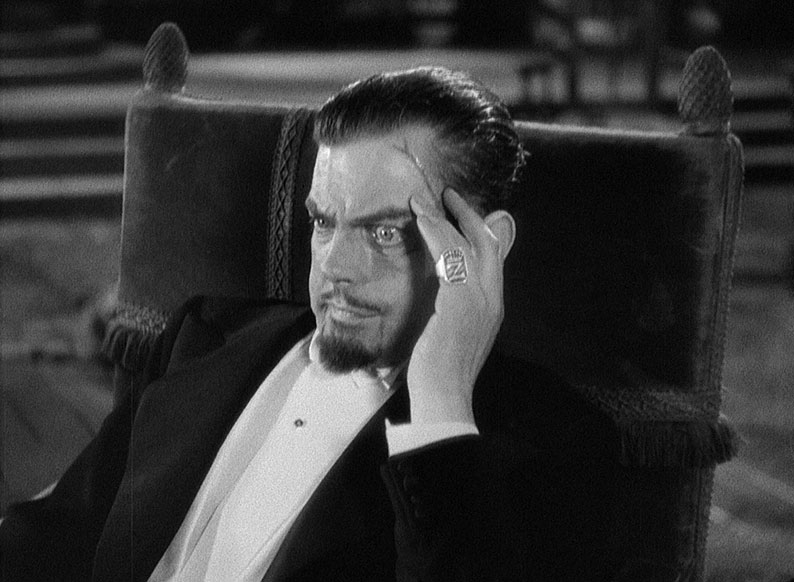
The Linear PCM 2.0 mono soundtrack has also been restored, and despite the expected restrictions in the dynamic range, it's in really good shape, with the dialogue always clear and no distracting background hiss or damage.
There is also the option to play the film with unrestored audio, which sees the clarity drop a couple of notches and be further degraded by an underlying bass hum, crackle, and a fair few pops. I nonetheless applaud the inclusion of this track, as it serves to really emphasise how good the soundtrack restoration is. I also rather enjoyed watching the film with the unrestored soundtrack for my own reasons, as it transported me back to when I first saw it in its cut and distinctly unpolished form on TV many, many years ago. Ah, nostalgia…
Optional English subtitles for the deaf and hearing impaired have been included.
Audio Commentary by Stephen Jones and Kim Newman
There's almost the sense now that the inestimable Jones and Newman have become the in-house commentators for Eureka horror releases, a duty they sometimes share or alternate with the equally fine double act of Kevin Lyons and Jonathan Rigby. Here it's all Jones and Newman's show, and they clearly relish the chance to talk about a film they both love and admit to watching regularly for the sheer pleasure of doing so. They salute the work of co-director Irving Pichel and actor Leslie Banks, detail some of the links to the production of King Kong, reveal that Max Steiner was brought in at the last moment and composed the entire score in just two weeks, and that one of the hounds – all of which were borrowed from the estate of comedian Harold Lloyd – bit Leslie Banks on the arse. There are plenty of comparisons made to Connell's original story, and more than once the two men are critical of the way it concludes when compared to the film, a point on which I heartily disagree. They note that this was one of the Zodiac killer's favourite films, Jones makes a persuasive case for viewing Zaroff's grandiose hunting stories as bullshit bluster ("I think Fay Wray could take him"), and Newman comments on our changed perception of big game hunters, noting that we once saw them as macho Hemmingway-esque adventurers, adding "now I think, big game hunter, rich scumbag murdering endangered animals." There's loads more crammed into what this busy hour of chat, all of it worth hearing, and their joint enthusiasm is summed up by their parting words, with Jones describing it as a "terrific, terrific movie" and Newman cheerfully announcing, "I want to watch it again!"
Kim Newman on 'The Most Dangerous Game' (18:58)
Here Newman focusses on Richard Connell's short story, commenting on specific scenes, its influence on later works, and its frequent appearance in short story anthologies. He also discusses some of the changes made for the film adaptation, the performances of Leslie Banks and Fay Wray, scenes that were censored, and describes the film as "a little masterpiece of suspense and horror and action."
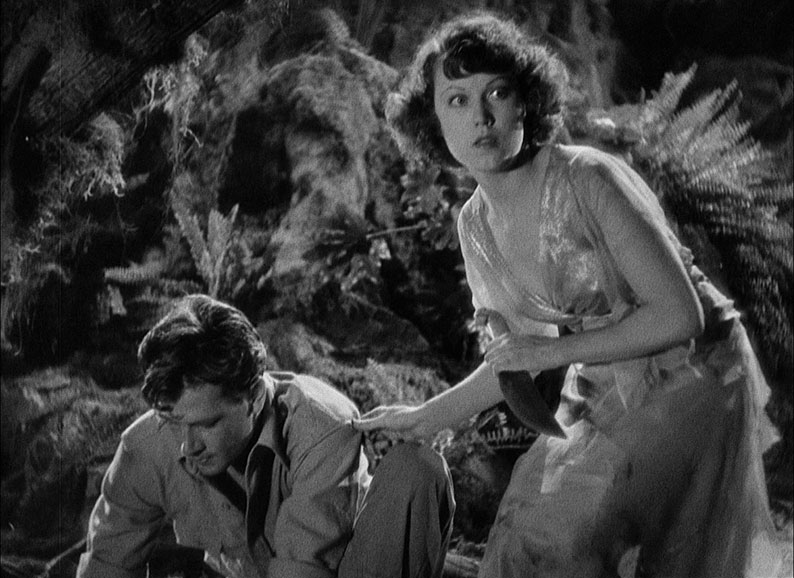
Stephen Thrower on 'The Most Dangerous Game' (19:50)
Film scholar Stephen Thrower kicks off by describing the film as one of the great exemplars of the short running time movie, disagrees with Newman and Jones about its horror credentials, and makes an interesting case for why a female character that was not in Connell's original story was added to the movie version. He echoes Newman's opinion that Zaroff is the first truly Sadean character in a feature film, and talks about the censored sequences, directors Irving Pichel and Ernest B. Schoedsack, producer Merian C. Cooper, knife-throwing actor Steve Clemente, and the climactic fight. He also has an interesting story about why actor Margaret Perry backed out of the role that ultimately went to Fay Wray.
Merian C. Cooper: Reminisces (8:01)
In audio excerpts from an interview conducted by Kevin Brownlow in July 1971, The Most Dangerous Game and King Kong producer Merian C. Cooper reads an extract the memoirs of Major General Claire L. Chennault that describe the young Cooper in his military days, then talks about getting into movies and his long-standing working relationship with Ernest B. Schoedsack. He sees the fact that he had seen so few movies when he started in the business as an advantage, because it meant he was "unspoiled by what seemed to me in most cases the phoney stuff of Hollywood." He also opines, intriguingly, that the light meter has done more to destroy the artistry of photography than anything he knows.
Suspense 1943 radio adaptation (29:54)
Aired on 23 September 1943, this entry in the radio thriller series Suspense is introduced by someone calling himself The Man in Black, who would have been played here by either Joseph Kearns or Ted Osborne (I'm not sure which) and not Valentine Dyall, whom many of us will forever associate with that moniker. It stars Orson Welles as General Zaroff and Keenan Wynn as Sanger Rainsford an is largely faithful to the story, but does take its cue from the film when it comes to how Rainsford ends up in the ocean in the opening scene. It includes the story's ending but adds a brief action sequence that is all but drowned out by the strident score. Unsurprisingly, Welles is enjoyable as Zaroff, but not as much fun as Leslie Banks.
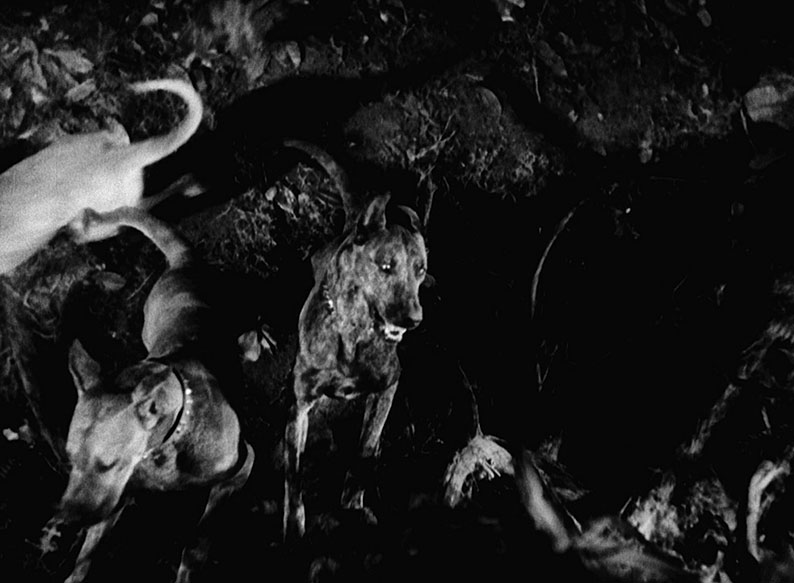
Suspense 1945 radio adaptation (29:13)
This second radio adaptation from the Suspense series, first broadcast on 1 February 1945, stars Joseph Cotton as Rainsford and J. Carol Naish as General Zaroff. This one doesn't so much take inspiration from the 1943 version as nick its script, though there is some compression in a couple of places to clear space for a some lengthy and inane warbling about the programme's sponsor, Roma Wines. Naish does the Russian accent, but again can't hold a candle to Banks.
Escape 1947 radio adaptation (30:19)
Originally aired on 1 October 1947, this adaptation, produced for the radio series Escape and opening with Modest Mussorgsky's A Night on Bare Mountain, stars Paul Frees as Rainsford and Hans Conried as General Zaroff. Of the three radio adaptations here, this is the most faithful to Connell's original, including how it begins and concludes, aspects that were altered in the film and the previous radio versions. Paul Frees provides a breathless first-person narration, but while Conried nails the accent (and despite his German name, he was born in Baltimore), his performance of Zaroff is probably the least animated one here.
German Theatrical Trailer (0:57)
A brief and utilitarian German trailer constructed entirely from stills and with a narrator who claims this is the most-banned horror film ever made. Really?
Also included is a Collector's Booklet featuring a new essay by Craig Ian Mann, illustrated with archival imagery, but this was not available for review.
A cracking early cross-genre work that belts along for the entirety of its commendably brief run time (one most appropriate for a short story adaptation), and that boasts a splendid performance by Leslie Banks as Count Zaroff, as well as providing ample proof that Fay Wray could do much more than deliver a great scream. A fine restoration is backed up by another superb commentary from the Jones and Newman team, appraisals of the film and the short story by Newman and Stephen Thrower, an audio interview with Merian C. Cooper, and three radio adaptations of the story, a special feature that Eureka seems to be getting fond of and that I heartily salute. A highly recommended quality package.
|